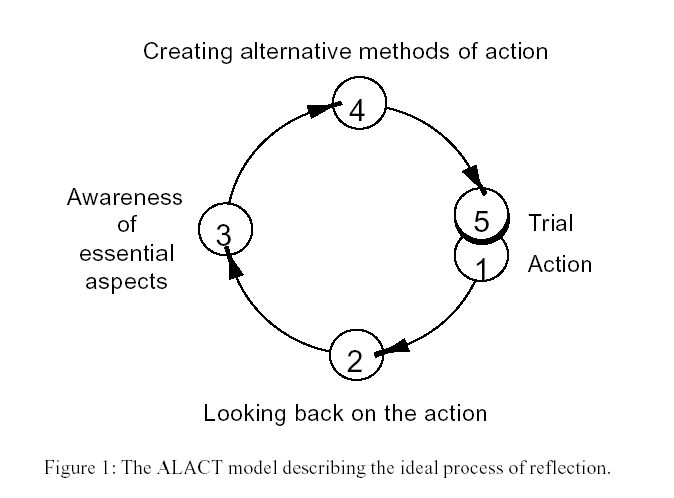Beyond the Edgeless University
Posted in Events, Summits and Workshops on April 21st, 2011 by admin – Be the first to commentUpcoming Workshop
A Question of Boundaries: What Next for the ‘Edgeless University’?
I will be organising and facilitating a workshop on the impacts of network technologies on universities at the Oxford Internet Institute in May, focusing on a critical appraisal of the notion of ‘edgelessness’. Here is the extended abstract and plan for the workshop:
In 2009, the UK Demos Foundation released a report, The Edgeless University (Bradwell, 2009), exploring the impact of digital network technologies on British universities.
Subtitled, ‘Why higher education must embrace technology’, its author, Peter Bradwell, argues cogently for both the opportunity and necessity to remake higher education according to the new realities of a world relentlessly connected, digitised and increasingly distributed in time and space away from centralised locations.
Re repurposing Richard Lang’s insights about the edgeless city, in which the functions of the city occur, but the form is now more fluid, dispersed and without the clear boundaries which have previously helped define ‘the urban’, Bradwell proposes a shift in higher education analogous to that within the popular music industry: technologies will not ‘do away’ with universities but, to prosper, those institutions must change systematically and with a “coherent narrative” to embrace digital networks.
While much has changed in terms of the funding, politics and general cultural climate around higher education in recent times, nothing has changed to make less the threat of conservatism in the face of global knowledge networking, nor to reduce the opportunity which universities have to become central to the new forms of knowledge and learning which the Internet and related technologies demand.
This workshop will explore practical opportunities and problems that confront academics and institutions of higher learning in light of Bradwell’s prognosis for the technology-oriented future. The focus for the workshop is to ask:
what exactly should a modern comprehensive university do that will unleash the creativity of students and staff and maximise the potential of distributed, edgeless learning while, at the same time, also making the most of the physical spaces which will remain critical markers of ‘a university’?. In other words, how can we utilise digital technologies and networks to fashion ‘new’ edges — temporary boundaries, if you like — that assist us in making education a collaborative, collective experience?
Format of Workshop
The workshop will be 1/2 day, including lunch:
- Introduction / overview (30 minutes – Matthew Allen)
- Open discussion: what are the key changes needed for enhanced, engaged teaching and learning within the edgeless university paradigm? (30 minutes – plenary)
- Groups work on the key changes proposed, examining critically its validity, refining it and making sense of the likely outcomes (30 minutes – sub-groups)
- Lunch (45 minutes)
- Report back and group presentations and discussion, including consideration of the need for edges to be re-introduced at times (60 minutes)
- Conclusion, including overall response (15 minutes – speaker TBA)
